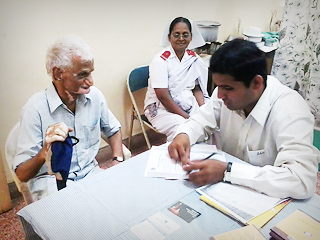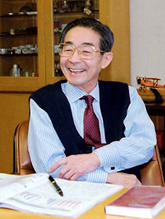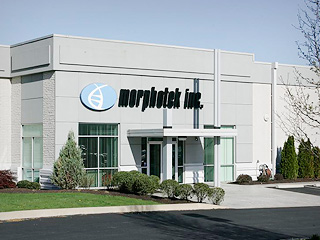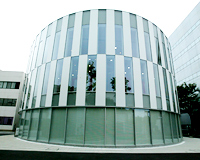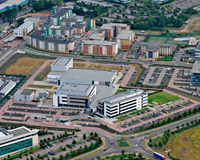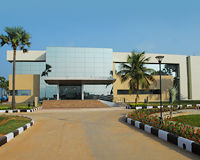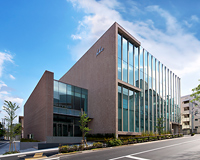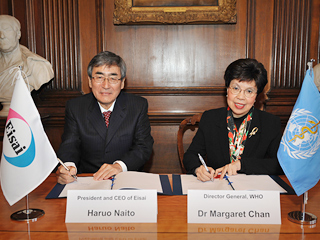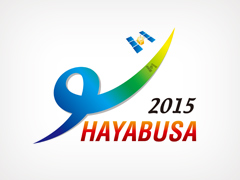Upon breaking into the world's top 20 pharmaceutical companies at the start of the 21st century, Eisai's global business made another dramatic leap forward propelled by stellar contributions from sales of Aricept and Pariet (AcipHex in the United States), with its overseas sales ratio in 2002 exceeding 50% for the first time.
Eisai also expanded considerably in Europe during this period with new marketing subsidiaries, advancing one-by-one into four major European countries—the United Kingdom, Germany, France and Spain—and later into countries such as Italy, Sweden, Austria and Switzerland to form a major distribution network consisting of ten companies across the continent. In addition to Aricept and Pariet, the company also bolstered its business infrastructure with a franchise expansion into epilepsy-related products.
Meanwhile, the company also began to expand into high-growth emerging economies. Eisai made its entry into the mainland Chinese market in 1991, beginning with the establishment of a Chinese–foreign contractual joint venture in Shenyang. Later, in 1996, China's first 100% foreign-owned pharmaceutical company, Eisai (Suzhou) Pharmaceutical Co., Ltd., was established in Jiangsu by the Eisai Group. These two ventures were also a success, with sales of Aricept, Pariet, Methycobal and other major products helping Eisai to become a leader among Japanese pharmaceutical makers in the mainland Chinese market.
In 2004, the company established the first marketing subsidiary to be established in India by a Japanese pharmaceutical company and launched a series of products, including Aricep (the brand name for Aricept in India). The country did not adopt a substance patent system until 2005 and at the time generic drug brands dominated the market. Leveraging its strengths in patient education initiatives and local marketing campaigns, however, Eisai was quickly able to gain ground, and Aricep is currently one of the top donepezil hydrochloride brands in India.
Following its successes in China and India, the Eisai Group continued to expand onto the world stage with strategic entries into other emerging countries in and around 2010, establishing new marketing subsidiaries and branch offices in Russia, Brazil and Mexico.








